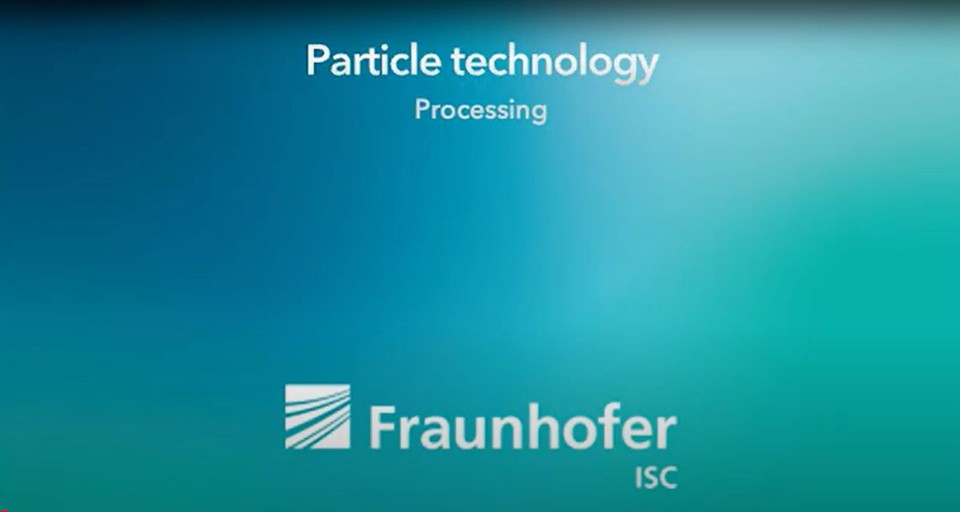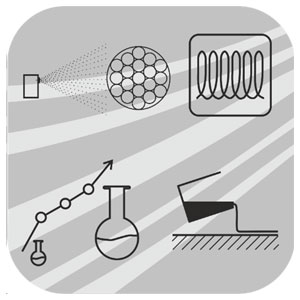Processing of nano- and microparticles

Privacy warning
With the click on the play button an external video from www.youtube.com is loaded and started. Your data is possible transferred and stored to third party. Do not start the video if you disagree. Find more about the youtube privacy statement under the following link: https://policies.google.com/privacyThe use of nano- and microparticles in various applications requires processing of the primary building blocks. Various processes such as encapsulation, spray-drying, diverse coating processes or induction-based methods can be used for this purpose.
It is possible to combine several functional nanoparticles within a single microparticle (also known as a supraparticle) or different types of nanoparticles or microparticles within a coating in order to achieve customized solutions for your application.
